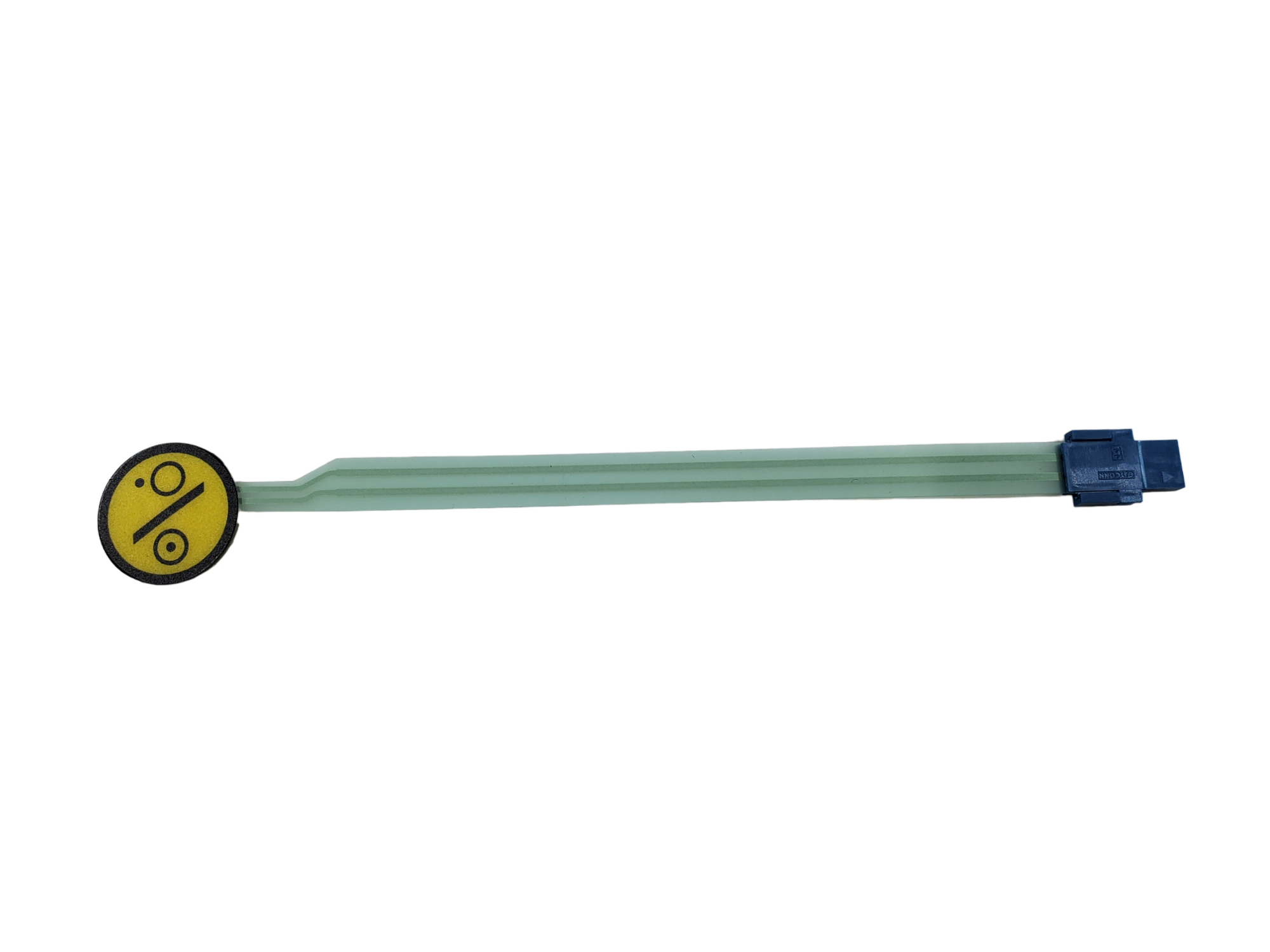How Membrane Switch Technology is Revolutionizing User Interfaces
How Membrane Switch Technology is Revolutionizing User Interfaces
Blog Article
Recognizing Membrane Changes: The Key to Reputable and durable Controls

What Are Membrane Layer Buttons?
Membrane layer switches are an advanced solution in the realm of interface technology, combining performance and style seamlessly. These gadgets act as a user interface in between customers and digital systems, incorporating several elements into a small style. Typically constructed from flexible, slim layers of products, membrane layer buttons are created to reply to touch, enabling individuals to connect with equipment and digital gadgets properly.
The key components of a membrane switch consist of a published circuit layer, visuals overlay, and a spacer layer that stops unexpected activation. The graphic overlay can be tailored to show brand name identity or customer preferences, improving visual appeals while guaranteeing usability. Membrane layer buttons are frequently used in different applications, including clinical tools, customer electronics, and commercial tools, owing to their durability and resistance to ecological aspects such as wetness and dust.
Among the vital advantages of membrane switches is their capability to endure wear and tear, making them excellent for high-traffic environments. Additionally, they are light-weight and require marginal area, permitting cutting-edge styles in item advancement. Overall, membrane layer switches stand for a reliable and useful selection for contemporary digital user interfaces, marrying modern technology with user-centric design concepts.
How Membrane Layer Changes Work
The procedure of membrane switches over hinges on a straightforward yet effective system that converts individual input right into electronic signals. When a customer presses the switch, the top layer flaws, allowing a conductive element in the circuit layer to make call with a matching conductive pad on the bottom of the visuals overlay.
The style of membrane layer buttons can differ, but they usually incorporate domes or responsive elements to offer comments to the individual, improving the total experience - membrane switch. The products utilized in membrane layer buttons, such as polyester or polycarbonate, contribute to their sturdiness and resistance to environmental variables, consisting of dampness and dirt. Additionally, the printed circuits are usually enveloped, which secures them from wear and tear gradually.
Benefits of Membrane Switches

Furthermore, membrane switches are understood for their durability. Constructed from durable products, they are immune to dirt, dampness, and physical wear, which significantly extends their lifespan compared to conventional mechanical switches. This toughness makes them specifically ideal for high-traffic settings look at this site and applications calling for durability.
One more considerable benefit is the simplicity of cleaning and maintenance. The smooth surface area of membrane layer switches over minimizes dirt buildup and is often unsusceptible spills, making them ideal for setups that find need constant sanitization.
Additionally, membrane layer switches offer a structured account, bring about a thinner layout that can be incorporated into various tools without including bulk. This attribute not just boosts the visual appeal yet additionally contributes to a more ergonomic item layout.
Applications of Membrane Layer Switches
Versatile and straightforward, membrane layer buttons discover applications throughout a vast array of industries, consisting of medical tools, customer electronics, and commercial devices. In the medical area, these switches are integral to devices such as analysis devices, patient surveillance systems, and infusion pumps, where integrity and simplicity of cleaning are crucial. Their capacity to preserve and withstand harsh atmospheres performance makes them optimal for such applications.

In consumer electronic devices, membrane layer switches are utilized in items like microwaves, washing devices, and remotes - membrane switch. Their sleek style allows for user-friendly interface, improving the general customer experience while providing longevity and resistance to tear and put on
Industrial devices likewise takes advantage of membrane layer switches, especially in control panels for equipment and automation systems. These switches use defense versus dust and wetness, ensuring consistent performance in challenging settings. Furthermore, their customizable functions permit manufacturers to tailor them to particular operational requirements, improving effectiveness and functionality.
Choosing the Right Membrane Switch
When selecting a membrane layer switch, it is vital to think about different aspects that influence performance and viability for specific applications. The main factors to consider include environmental conditions, responsive comments, durability, and design specifications.
First, assess the operating setting; buttons subjected to wetness, chemicals, or severe temperature levels require specific products to make sure durability and functionality. Next, evaluate the demand for responsive feedback. Relying on individual interaction, some applications might take advantage of a responsive action to confirm activation, while others might like a non-tactile design for visual reasons.
Resilience is one more vital click this site aspect; membrane switches should be made to endure frequent usage, impacts, and abrasion. Make sure the selected button can endure the anticipated lifecycle, especially in high-usage scenarios.

Verdict
In final thought, membrane layer switches serve as crucial elements in the design of long lasting and dependable control systems across different sectors. The versatility of membrane switches over allows for tailored options that fulfill specific operational needs, strengthening their relevance in contemporary innovation.
Membrane changes stand for an important facet of modern interface style, blending capability with strength in numerous applications.Membrane layer buttons are an advanced solution in the world of user interface innovation, integrating capability and layout flawlessly. Generally built from versatile, thin layers of materials, membrane switches are designed to react to touch, enabling individuals to communicate with machinery and electronic devices effectively.
The layout of membrane layer buttons can differ, however they commonly integrate domes or tactile elements to offer feedback to the customer, boosting the general experience.In final thought, membrane layer changes serve as essential elements in the layout of reputable and resilient control systems across numerous markets.
Report this page